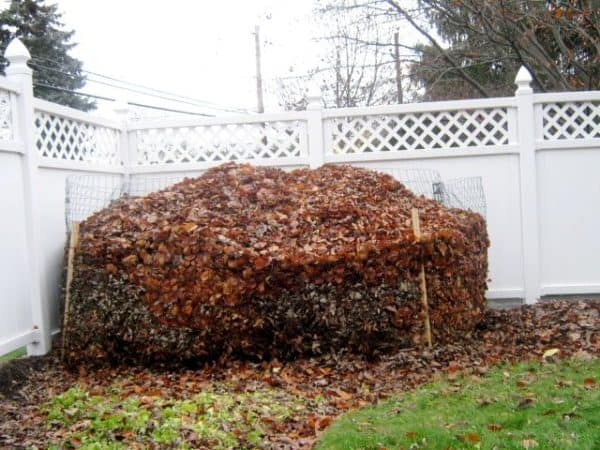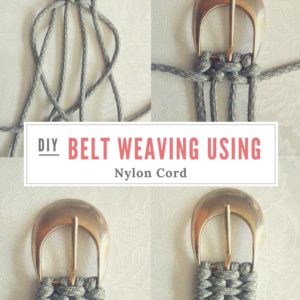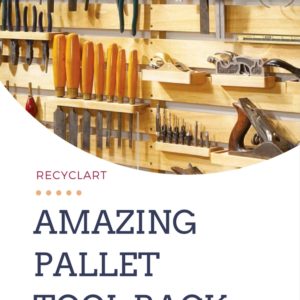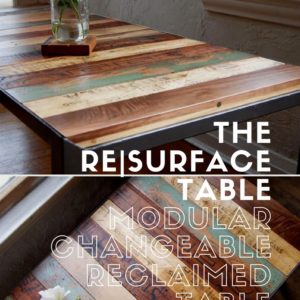Leaves aren’t useless at all. The frugal gardener can use them to protect tender plants from the cold, dry out overly moist compost, mulch flower and vegetable beds, stuff a scarecrow, make leaf mold fertilizer, and amend both heavy and sandy soils.
Insulate Both Tender and Hardy Plants
A pile of autumn leaves can be used as a handy mulch to insulate plants from winter’s chill. Use a six-inch layer of leaves to protect tender perennials, like hydrangeas, from the cold. A wire cage placed around the plant will keep the leaves in place.
While many cold-hardy trees break out into sunset colors; the air becomes cool and crisp; apples, pumpkins, and fall flowers abound. Autumn is one of the most beautiful times of the year, but there’s one thing about this season most homeowners don’t find enjoyable – raking fallen leaves.
While most people prefer raking leaves to letting them sit on the lawn, this does leave you with a big pile of apparently useless, dead foliage. However, autumn perennials won’t need insulation in order to come roaring back to life in the spring, a layer of leaves can keep cold-hardy vegetables like carrots, leaks, beets, and kale producing even after the snow starts to fly. With a little help from your autumn leaves, you’ll enjoy fresh vegetables all winter long.
Make Leaf Mold
When allowed to decompose, autumn leaves break down into a nutrient-rich substance known as leaf mold. Trees draw minerals up from deep in the soil, and many of these minerals are stored in the leaves. When said leaves fall in autumn, the minerals go with them. By allowing your leaves to decompose into leaf mold mulch, you’re creating a fertilizer that plants will love.
To make leaf mold, start by collecting your fallen leaves. Rake them into a big pile, and use this as an opportunity to have some seasonal fun playing with the kids. The goal is to break up the leaves into smaller pieces, and by having your kids jump onto the pile, it’ll be a more enjoyable experience for everyone. Shredding or otherwise breaking up the leaves will help speed their decomposition, so don’t be afraid to go crazy – play with those leaves as much as you want.
Once you’re bored with that, you can further shred the leaves by putting them through a leaf shredder. If you don’t have a leaf shredder, simply run them over with the lawn mower. Pressed for time? No problem; you can use whole leaves, though they’ll take longer to decompose fully.
Place your whole or shredded leaves into garbage bags, or pile them up somewhere where they can decompose undisturbed. The process takes at least a few months for shredded leaves, and up to two or three years for whole leaves.
Build a Scarecrow
Scarecrows are a staple of many gardens, and they’re not just for show. When used properly, a scarecrow can successfully dissuade birds, deer, rabbits, and other animals from damaging your garden plants, without harming the animals. You can build a low-cost scarecrow with a bag of autumn’s dead leaves, some old clothes, and some other accessories that are easy to find around the house, like aluminum pie pans, spoons, paint, wind chimes, and sticks.
Mulch Flower and Vegetable Beds
If you’re a gardener with a lot of autumn leaves, you’re in luck – dead leaves are the perfect mulch for flower and vegetable beds. Once the first killing frost has come, and you’re ready to clear out your vegetable beds, cover them with about three inches of shredded leaves. These will break down over the winter, adding nutrients to your soil. You can also add some granular fertilizer, and compost, if you have it. Work these into the soil with a garden fork.
If you’ve stashed a few bags of leaves away, bring them out in spring to keep down weed growth in your vegetable and flower beds. The mulch will also help your soil retain moisture, and keep the roots of your plants cool. As the leaves break down over the summer, they’ll add nutrients to the soil, and attract worms and other small, garden-friendly creatures.
Add Leaves to Compost
Don’t want to save your leaves for spring, make leaf mold, or insulate plants? Simply tired of doing all kinds of productive things with your leaves and ready for a break? Dead leaves make an excellent addition to compost. Shredded leaves are a great addition to a compost pile. Layer shredded leaves with kitchen scraps, grass clippings, weeds, and other compost materials, or use them along with other compostable materials to construct a lasagna garden. If your compost gets too moist, add some of your hoarded leaves to dry out the pile.
Amend Your Soil
Both heavy and sandy soils can be difficult to work with, but you can amend difficult soil simply by adding dead leaves directly to it. Fork leaves into your garden soil to add nutrients, attract worms and other useful organisms, add moisture to sandy soils, and lighten up heavy soils.
There’s practically no end to the uses a gardener can find for the fallen foliage that decorates so many lawns come autumn. With a little effort and even less know-how, you can put your autumn leaves to work in your garden, and reap the benefits all year.











